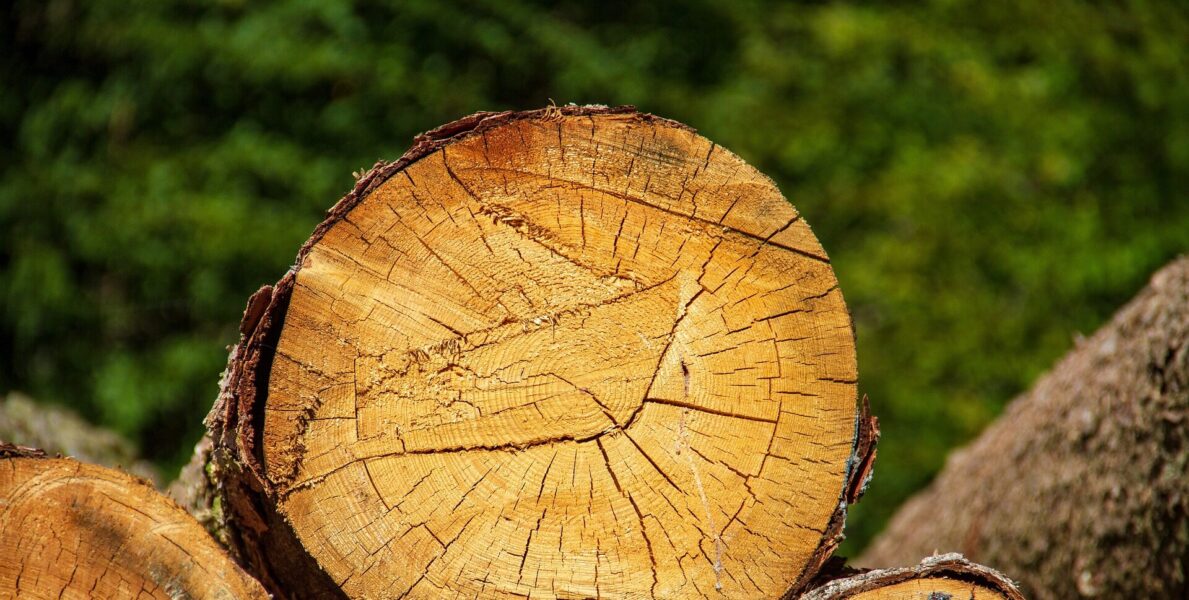New research warns pine forests will increasingly replace productive farmland unless current policies change.
Why Pines? is a white paper that summarises four recently completed research programmes on future land use change, funded by Our Land and Water National Science Challenge. It says the country will continue to see a significant shift away from livestock into pine forestry unless current government policies and economic signals are reconsidered.
Despite using different techniques and perspectives, all four research programmes found a likely increase in pine plantations on land currently used for sheep and beef farming. These results “raise significant concerns” for rural communities, the authors say, but are not a prediction of an unavoidable future. The white paper identifies eight areas for action that can change the direction of travel.
The Science Media Centre held a briefing with two of the authors of the white paper:
- Dr Bill Kaye-Blake, White paper lead author, principal economist at NZIER and a science leader at Our Land and Water National Science Challenge
- Dr Jenny Webster-Brown, White paper co-author and Director, Our Land and Water National Science Challenge
A recording of the briefing and abridged transcript are available below.
Could you just give us an overview of the general risks and benefits of such a large shift to pine forestry, and specifically what’s not being accounted for in the modelling right now?
Dr Kaye-Blake: “One of the things that we’ve looked at is the benefits of pine forest in terms of its water quality impacts. So lower nitrogen losses, lower E. coli losses, those sorts of things, but there are also negative impacts of pine forests that actually aren’t included in these models. So, one of the big ones, for example, is forestry debris. So, we have seen that what has actually happened in the landscape is forestry debris has come off the hillsides and created problems for coastal communities and for infrastructure. But those kinds of impacts actually haven’t been included in these models. So that would tend to reduce the amount of pine forestry you’d want to have.
“There also hasn’t been a lot of work done on the future risks of pine forests. So, for example, fires can ruin pine forests, and then you lose the carbon from those things, and those kinds of risks of growing more pine haven’t been included.
“We also haven’t included all the benefits of sheep and beef farming. So, for example, the biodiversity benefits that have been highlighted in other work, or the community benefits for small rural communities, particularly the employment benefits.
“So, this isn’t a completely balanced comparison of the two. We’ve used the information we have, but we’ve also pointed to places where we have missing information.”
In your action points, you discuss recognising the benefits of native forestry. Could you speak a little bit more to that?
Dr Kaye-Blake: “Native forestry has some really important benefits. First of all, you’ve got the biodiversity of the plants, and then you’ve got the biodiversity of the ecosystem that is supported, and that’s the native biodiversity of the country.
“There’s also the social and cultural value of these species, the taonga species that are important to all of our communities. All of those are supported by native forests, or indigenous forests, in a way that they aren’t supported in pine forests. One of the difficulties, though, is that pine forests grow faster, so they sequester carbon faster than native forests, and as a result, they are supported better by carbon pricing policies. So, we see a policy that is sort of has a thumb on the scale for pine forests, and what we’ve suggested is it might be good to look at all the ways native forests bring us benefits and maybe rebalance that comparison.”
One of the research programs that fed into this white paper found that even if the carbon price dropped to zero, about one-fifth of sheep and beef farmland was still predicted to be converted to other uses, including most of forestry. So, could you speak to this finding and the overall economic conditions that are making the shift to forestry so favourable?
Dr Kaye-Blake: “This is simply a result of the current economic conditions. So, if you look at timber, at pine trees, there’s a strong market for logs, and there’s a strong market for timber products. And so, forestry is making a lot of money because there’s good demand for the products.
“On the other side, sheep and beef is struggling a bit, and particularly we can look at wool, where the cost of shearing sheep is almost greater than the value of the wool clip that you get from those sheep. And so, finding a way to make more money off those products would really help the revenue for those farms, and therefore help the bottom line and give them more money for investing in these mitigation efforts.”
What will a widespread transition for land use of farming like sheep and beef into pine forestry mean for outcomes for New Zealand’s land and water?
Dr Webster-Brown: “I can just reiterate that we have confidence that that transition would improve our fresh water. It’s just at what cost. That cost may be way too high for New Zealanders in general. I mean, does everybody want to see a landscape which is 100% pine trees? Do we want to have a New Zealand without rural communities? Because it will certainly impact on the viability of rural communities. Do we want to see that whole way of life disappear from New Zealand?”
“You know, these are decisions that we have to make. This is why Bill led out with the statement that, yes, we can have clean water, but we need to think about what that means.”
